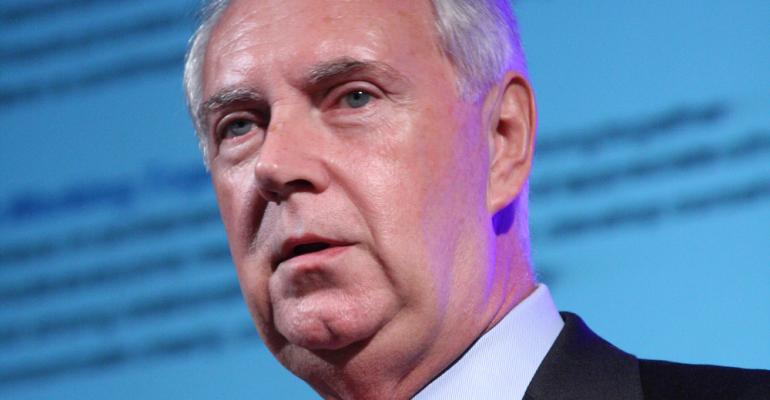TRAVERSE CITY, MI – CEO Alan Mulally’s One Ford plan helped the auto maker return to profitability from near-bankruptcy during the height of the recession, but some aspects of the strategy still are being developed, a top executive says.
One Ford, based on leveraging the auto maker’s global resources and driving complexity out of the product-development system, has created opportunity in many areas, says John Fleming, vice president-global manufacturing and labor affairs.
Speaking at the Center for Automotive Research’s Management Briefing Seminars here, he says One Ford “is probably the best opportunity to drive the business forward.” But behind closed doors, there are many discussions on how to implement best practices and common processes.
In the past, Ford’s global operations worked independently of one another, and changing that entrenched culture is an ongoing effort, Fleming says. There still are regional preferences on how things should be done that have to be addressed.
“There is a lot of discussion, arguments about standardization,” he says. “In truth, around the world, we like to be individuals.”
Fleming says the auto maker’s utilization rate is 100% at most of its global operations, the majority of which are running on two shifts.
By mid-decade the under-utilization rate will be 27% improved, with most facilities operating on three shifts. “Our long-term goal is to have all operations operating on three shifts, five to seven days a week.”
Another ongoing goal within Ford is reducing the number of global platforms. Plans call for 85% of the auto maker’s global products to be on nine platforms by 2013. Having common platforms allows the auto maker to streamline its manufacturing operations and drive down costs.
It also allows for a greater degree of flexibility, allowing Ford to quickly react to changing consumer preferences. Flexibility is key to the auto maker’s future success, Fleming says, noting problems often occurred in the past when a new product was launched at a plant.
“We had many horror stories of investing in new equipment and facilities, and then have to throw the whole thing away and start again,” he says. “We were never aligned in product development and never agreed about next-generation products. That’s significantly improved.”
Fleming points to Ford’s Michigan Assembly Plant in Wayne, MI, as an example of how flexibility allows for rapid response to a changing mix.
The factory builds the Focus C-car, as well as an all-electric derivative. It also is launching production of the C-Max hybrid and plug-in hybrid, both of which are set to hit dealerships this fall.
“As you bring all of this together, it enables improvements in investment efficiency,” he says. “We direct (savings) to spend more on new product, so it becomes a sustaining part of the business as opposed to a drain on capital.”





